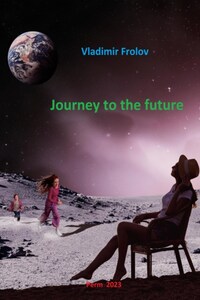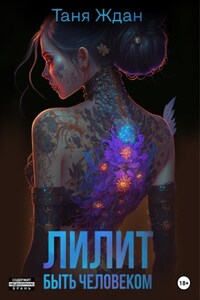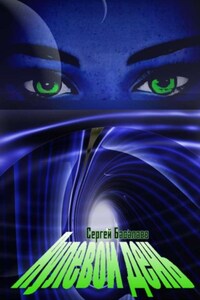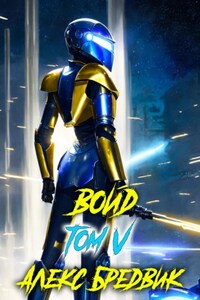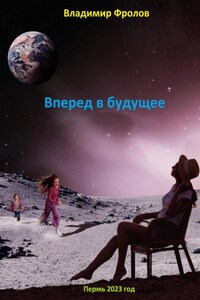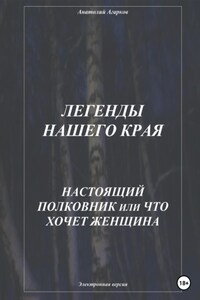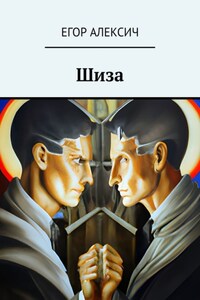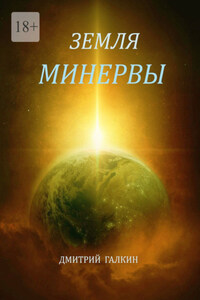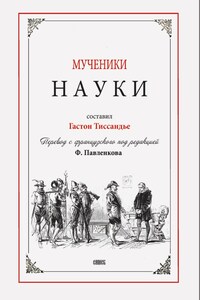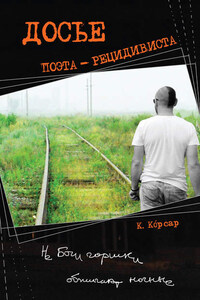Flight engineer Yuryev woke up from the sound of a siren – she warned of a stream of meteors. And then the sensors showed a power failure – in all likelihood, regular solar panels failed. Yuryev thought about it – he didn’t have more solar panels in stock. But! But there were still serviceable Soviet transistors P-214, with germanium crystals inside. There were 500 of them in the warehouse. Taking one of them, he carefully sawed off the transistor cover with a hacksaw and brought the open p-n-p junction to the window. The light flux from the Sun excited the current in the germanium crystal of this transistor. Yuryev brought the voltmeter probes to the base and emitter, respectively – Hurrah! the voltage was small, only 0.3 volts, but it was there! After spending eight hours mounting 50 transistors on a 17-by-17-centimeter board, he brought them up to the sunny side of the station—and the result was 1.3 volts of voltage at a small, small current. The solution was worked out right away – to replace the solar panels pierced by meteorites with home-made P-214 transistors of the 1970 model. Everything worked and home-made solar batteries began to accumulate energy to recharge the station's batteries for going on the air with the Earth, with the Mission Control Center !!!
After listening to Kharin's report, the professor of the research expedition, who is also the commander of the Pegasus ship Arthur Stolz, cheered up. Wow, the P-214 transistors, released back in the USSR in 1970, came in handy here in 2028! It's been about 60 years – how strong was the stock of scientific thought in the USSR! Professor Stoltz was a little over fifty, and he still found the school of Soviet scientists who taught to think, to invent in non-standard ways, but all within the limits of logic! Yes, there were times, it was a time of discovery, when 70 percent of the inventions of all mankind fell on the seventies of the twentieth century. He sat down at the work table and began to fill in the logbook, the reserve of electricity allowed him to work with emergency lights, and in three days Kharin's solar battery should be ready – despite all the laboriousness, this was the last hope! He filled out the journal, thought, pondered and looked out the window – the ship was leaving the shadow of the Earth, exposing its sides to the Sun.
And then he saw a group of people – they sang softly and walked with banners in a parallel course. Yes, yes, in space, in a parallel course. At sunny dawn, the picture seemed incredible! He looked closely and saw the wings of people – there were seven of them. "Yes, these are angels!" – Arthur exclaimed and hurried to film everything on a video camera, while calling his colleagues. The entire crew of the ship saw angels. It was the middle of March earthly time, the time of Great Lent, and everyone together, rejoicing at what they saw, began to sing songs of praise to God. Of course, not everyone on the ship was a Christian, but a small group of scientists, ossified atheists, suddenly began to make crosses from improvised means and hang them around their necks. The vision of the angels was about five minutes, and everything was filmed, even their chants were caught on film. Thus, the month of the ship's stay in Earth's orbit was coming to an end. There were many experiments ahead, but this very “cosmic” one, by the will of the Creator, remained forever in the memory of people!
TRAINING OF THE SMELL OF THOUGHTS.
When Professor Arthur Stolz was still a student, they liked to play the following game as students. While on the bus, they assumed the professions of people by their faces, clothes, demeanor, manner of speaking, and many other signs. It was easy to distinguish retired people from, say, students, but it was very difficult to distinguish a doctor from a teacher – after all, they are both knowledge workers, only if you talk to them, which was forbidden by the rules of the game. While on the bus, students, and there were a few of them no more than 3-4, made notes and, getting off at the right stop, they exchanged notes. There were many similarities. And the one with the most matches was considered the winner.
